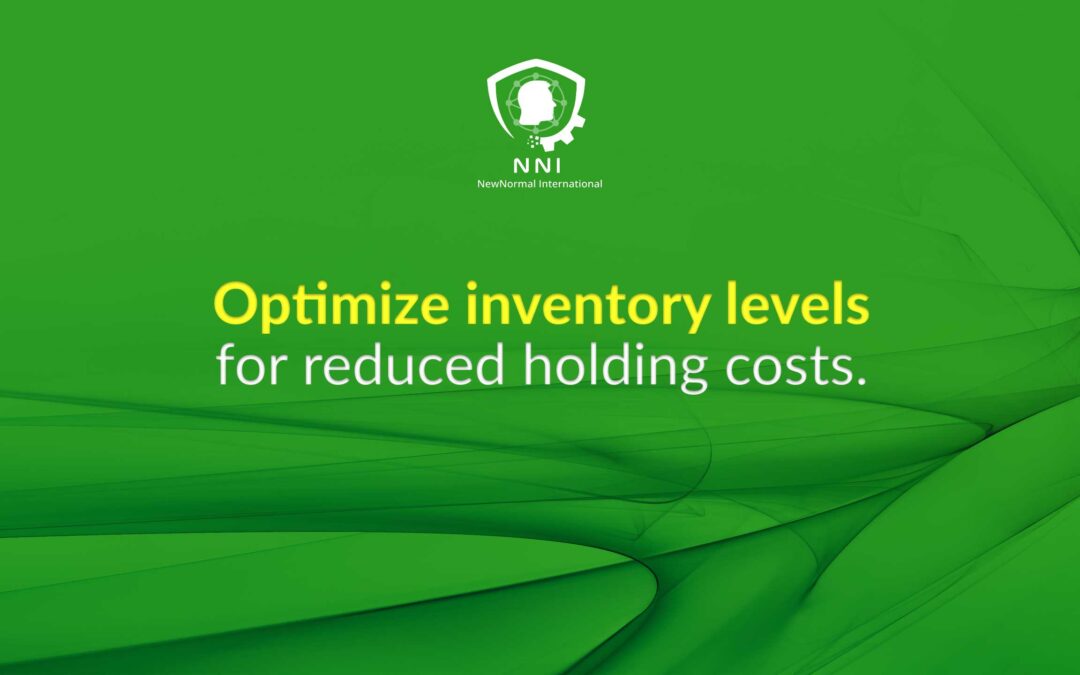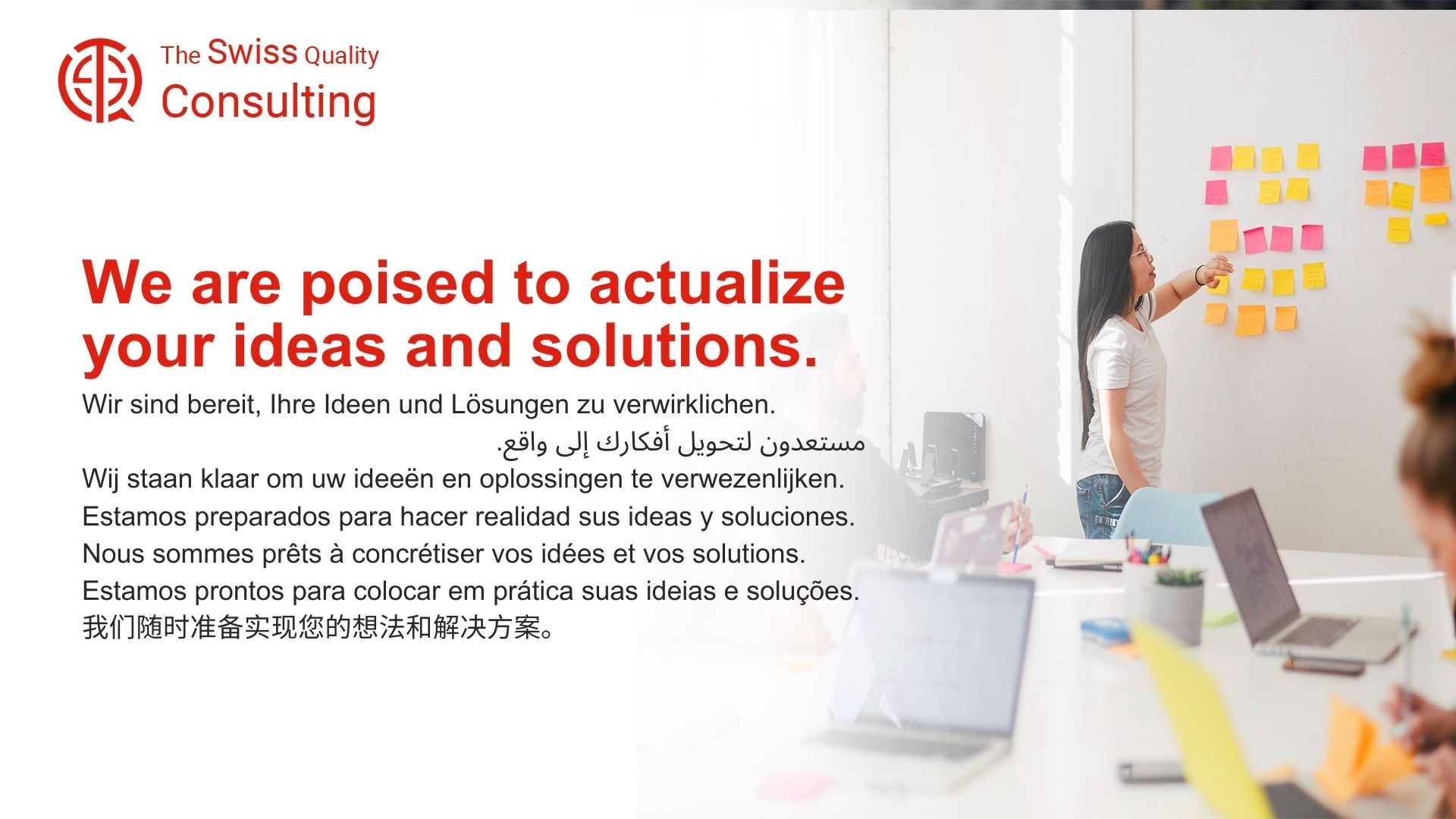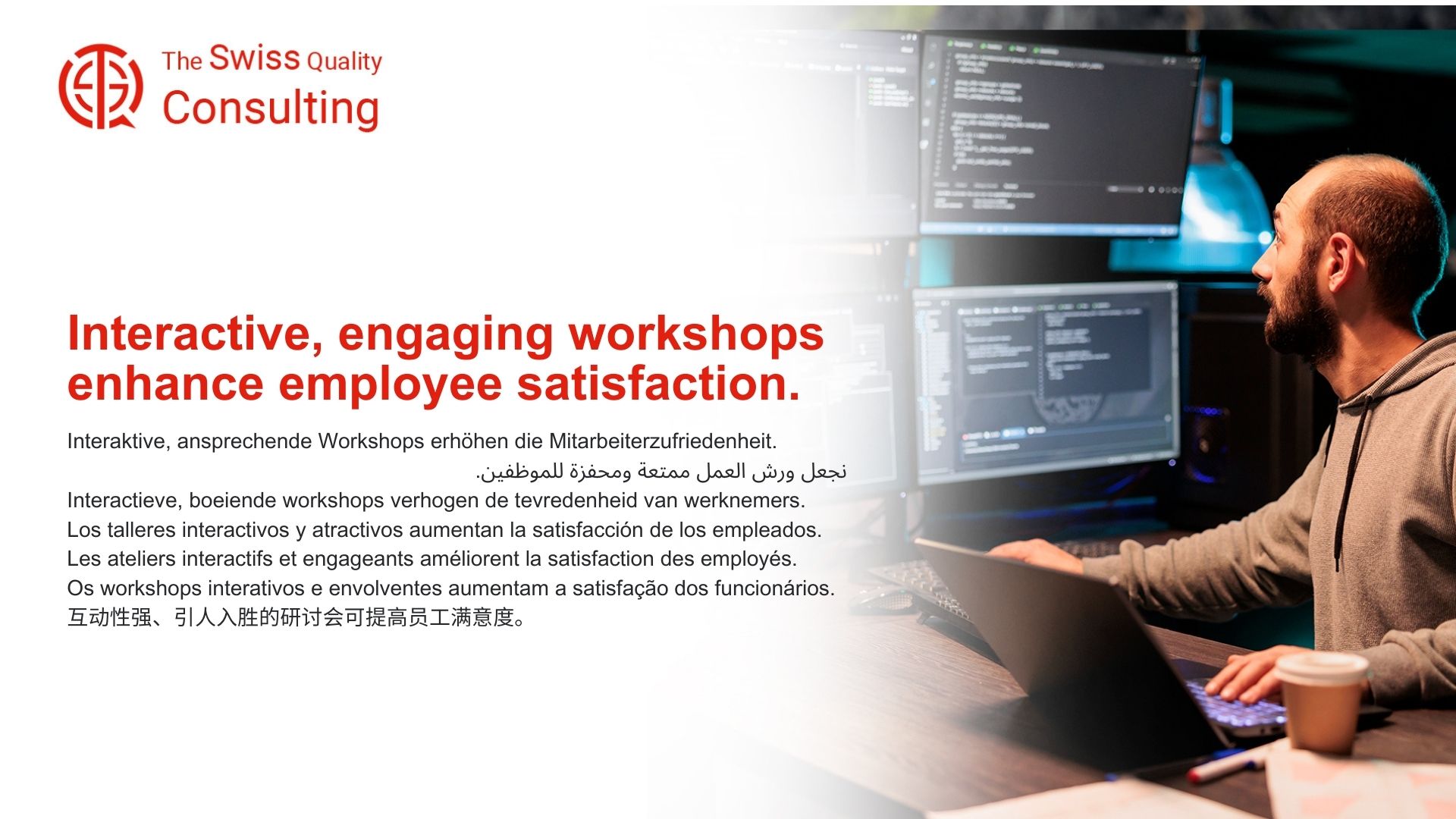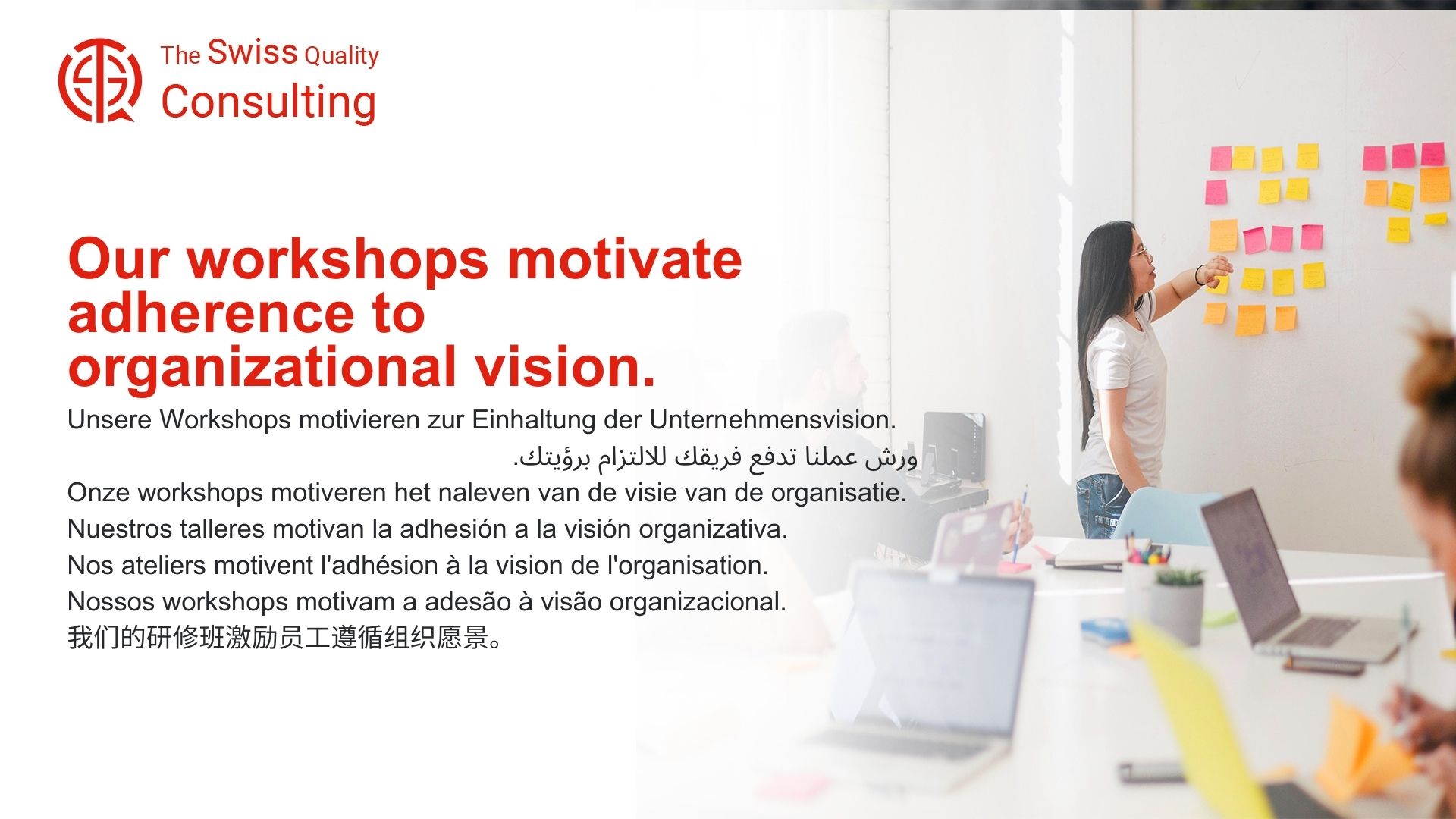Strategic Inventory Management in Today’s Business Landscape
The ability to Optimize Inventory Levels for Reduced Holding Costs is paramount in the modern business environment. This article aims to guide business executives, mid-level managers, and entrepreneurs through the strategic approaches and benefits of effective inventory management, specifically focusing on reducing holding costs.
Change Management: Embracing Inventory Optimization
Embracing change management for inventory optimization transcends mere automation and technological adoption; it necessitates a cultural and philosophical transformation that redefines the way organizations approach stock management. This journey requires a multifaceted approach, encompassing:
1. From Intuition to Data-Driven Decisions: Traditionally, inventory management has relied on intuition and experience. Effective change management facilitates a shift towards data-driven decision-making, empowering teams to leverage predictive analytics and real-time data insights to optimize inventory levels, forecast demand accurately, and minimize stockouts and excess inventory. This data-driven approach fosters a culture of evidence-based decision-making and eliminates guesswork from the inventory management process.
2. Breaking Down Silos and Fostering Collaboration: Collaboration across departments is crucial for successful inventory optimization. Effective change management breaks down traditional silos by promoting inter-departmental communication and collaboration. This allows teams to share data, identify bottlenecks, and develop holistic strategies for optimizing stock levels and resource allocation across the entire organization.
3. Cultivating a Culture of Efficiency and Cost-Consciousness: Effective change management fosters a culture that prioritizes efficiency and cost-saving throughout the organization. This involves promoting awareness of inventory-related costs, encouraging lean practices, and holding teams accountable for responsible stock management. This cultural shift empowers individuals to identify opportunities for optimization, minimize waste, and contribute to the organization’s overall financial well-being.
4. Building Trust and Transparency: Transitioning to new inventory management systems and processes can generate anxieties and resistance. Effective change management addresses these concerns by fostering transparency and open communication. This involves clearly communicating the goals and rationale behind the change, providing comprehensive training, and addressing concerns proactively. By building trust and promoting transparency, organizations can ensure smooth implementation and maximize user adoption of the new systems.
5. Continuous Learning and Improvement: The landscape of consumer demand and supply chains is constantly evolving. Effective change management recognizes the need for continuous learning and improvement. This involves regularly reviewing inventory data, analyzing performance metrics, and adapting strategies based on new insights and market trends. By embracing a culture of continuous learning, organizations ensure their inventory management practices remain relevant and effective in a dynamic environment.
6. Measuring Success and Celebrating Achievements: Acknowledging and celebrating successes throughout the change process is crucial for maintaining momentum and motivation. Effective change management encourages organizations to track key performance indicators, measure the impact of the new systems, and recognize individual and team contributions to achieving inventory management goals. This reinforces the value of the change and motivates continued engagement.
Beyond Automation: A Foundation for Sustainable Growth:
By prioritizing effective change management, organizations lay the foundation for sustainable growth and profitability through optimized inventory management. This strategic approach not only reduces costs and minimizes waste but also fosters a culture of collaboration, data-driven decision-making, and continuous improvement. This transformation empowers organizations to achieve their strategic goals, enhance operational efficiency, and thrive in a competitive and ever-evolving business landscape.
Embrace the power of effective change management and embark on a transformative journey towards a future of optimized inventory. By fostering a culture of collaboration, empowering teams with data-driven insights, and continuously adapting to changing market dynamics, you can unlock the full potential of efficient inventory practices and build a future of sustainable growth and prosperity for your organization.
Role of Executive Coaching in Inventory Management
Executive coaching services can provide leaders with the necessary skills and knowledge to effectively manage inventory optimization projects. Coaching helps in understanding the complexities of inventory management, including demand forecasting, inventory turnover rates, and the financial impact of holding costs.
Effective Communication for Inventory Success
Effective communication across all levels of the organization is critical for successful inventory optimization. Clear communication ensures that all team members understand their roles and the importance of inventory accuracy and efficiency, which directly contributes to reduced holding costs.
The Impact of Generative AI on Inventory Management
Generative Artificial Intelligence (AI) has a significant impact on inventory management. AI algorithms can predict demand, optimize stock levels, and even automate ordering processes. By leveraging AI, businesses can reduce overstock and stockouts, directly contributing to lower holding costs.
Leadership Skills for Managing Inventory
Leadership and management skills are crucial in making strategic decisions regarding inventory levels. Training in areas such as analytical thinking, decision-making, and risk management is essential for leaders overseeing inventory optimization initiatives.
Business News Updates: Staying Informed on Inventory Trends
Keeping up with the latest business news and trends in inventory management is important. This includes staying informed about new technologies, methodologies, and regulatory changes that can affect inventory strategies and holding costs.
Project Management: Executing Inventory Optimization Strategies
Effective project management is key to implementing successful inventory optimization strategies. This involves setting clear goals, timelines, and metrics for success, and ensuring that the project stays on track and delivers the expected benefits in terms of reduced holding costs.
conclusion Optimize Inventory Levels for Reduced Holding Costs
In conclusion, optimizing inventory levels for reduced holding costs is a multifaceted strategy that requires a combination of change management, executive coaching, effective communication, AI technology, strong leadership, up-to-date knowledge, and robust project management. By focusing on these areas, businesses can achieve significant cost savings and operational efficiencies.
#InventoryOptimization, #CostReduction, #SupplyChainEfficiency






















